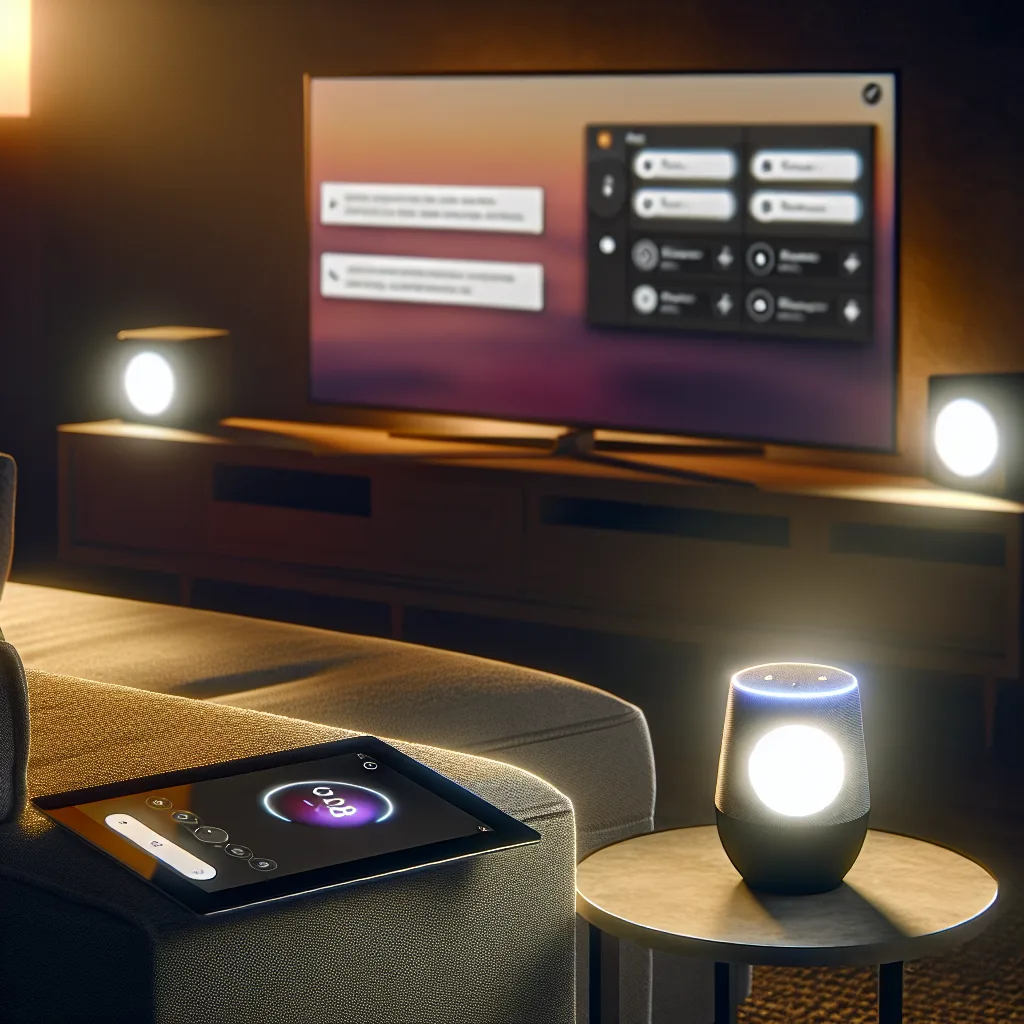Troubleshooting and Tips for Smooth Govee Integration in Home Assistant
If you’re diving into home automation and recently started using Home Assistant, you might find yourself juggling a few quirks—especially if you’re trying to get your Govee lights working smoothly. I’ve been there too. The good news is, with some patience and a few tricks, you can get your setup humming.
The Govee lights Home Assistant challenge
Switching to Home Assistant from another platform like Homey Pro can open up a lot of doors. Suddenly, you’re integrating your AVR, projector, and even specialty devices like Kaleidescape, which was tricky before. But when it comes to Govee lights, the setup path isn’t always straightforward.
One of the first things you might notice is that Home Assistant lets you connect Govee lights via two main options: local mode or Bluetooth. Local mode scans your Wi-Fi network to find LAN-enabled Govee lights, and it’s fantastic when it works because the response tends to be instant. But what if you have more lights than what the local mode finds? That’s where things get a little complicated.
Why some Govee lights don’t show up
If you’re only seeing a handful of your Wi-Fi Govee lights pop up and wondering about the rest, you probably need a better integration. Enter HACS—Home Assistant Community Store. It’s a way to extend Home Assistant’s core capabilities by installing community-built add-ons, including a more robust integration for Govee lights.
Through HACS, you can get an API key from Govee’s developer portal. That key unlocks access to more of your lights on your network, sometimes even those that don’t appear via standard local discovery. But even with HACS, some devices might not show up right away or might respond sluggishly after adding more lights. It’s often about balancing what the network can handle and how the light firmware interacts with Home Assistant.
Tips to improve Govee lights integration in Home Assistant
- Check your network setup: Make sure your Wi-Fi signal is strong and consistent where your Govee lights are. Spotty connections can cause lights to drop off or respond slowly.
- Use the latest integrations: Install the latest Govee integration via HACS and keep Home Assistant updated regularly.
- Avoid mixing too many connection types: Sticking to local LAN or API-based control can be more reliable than mixing Bluetooth and Wi-Fi control.
- Review automation timing: If your automations to turn lights on/off aren’t working well, try spacing out commands or add a retry mechanism.
Should you switch to standard smart bulbs?
If you continue facing issues, it’s worth considering whether the bulbs themselves fit your needs. Govee lights offer great colors and effects but can sometimes lag in smart home stability compared to brands like Philips Hue or Lutron switches.
Lutron switches, for instance, are known for their solid performance and broad compatibility. If your setup revolves around consistent and seamless automation—like turning off lights when a movie starts—you might find switching to more established smart bulb brands and accessories worthwhile.
Wrapping up
Getting all your Govee lights working in Home Assistant isn’t always plug-and-play, especially with a mix of local and Wi-Fi devices. Using community tools like HACS, ensuring your network is solid, and being patient with setup can get things working much better. And if it doesn’t, exploring other smart lighting options might save you a headache down the road.
For more insights and official documentation on Govee and Home Assistant, check out the Govee Developer API page and the Home Assistant Integration Page.
Give it a try and don’t hesitate to tweak and experiment. Smart home setups are personal projects, after all, and there’s a satisfying buzz when everything finally clicks. Good luck!
